Matariki 2024 in India: A Cultural and Fashion Celebration of Māori and Indian Heritage
In a unique celebration of global culture and creativity, the New Zealand High Commission, in partnership with the Fashion Design Council of India (FDCI) and Education New Zealand (ENZ), hosted a spectacular event in New Delhi titled RE/NEW: A Time to Shine, bringing the magic of Matariki 2024 — the Māori New Year — to Indian audiences.
What Is Matariki?
Matariki signals the rising of the Pleiades star cluster in the Southern Hemisphere and marks the start of the Māori lunar year. It’s a time for reflection, remembrance, and renewal — values that deeply resonate with India’s rich tapestry of festivals and seasonal traditions.
When Culture Meets Couture
The evening featured a powerful fusion of Māori cultural heritage and Indian craftsmanship. Twelve student designers from five leading institutions — NIFT and Pearl Academy (India), and Auckland University of Technology, Massey University, and Whitecliffe College (New Zealand) — collaborated across borders to co-create sustainable fashion pieces.
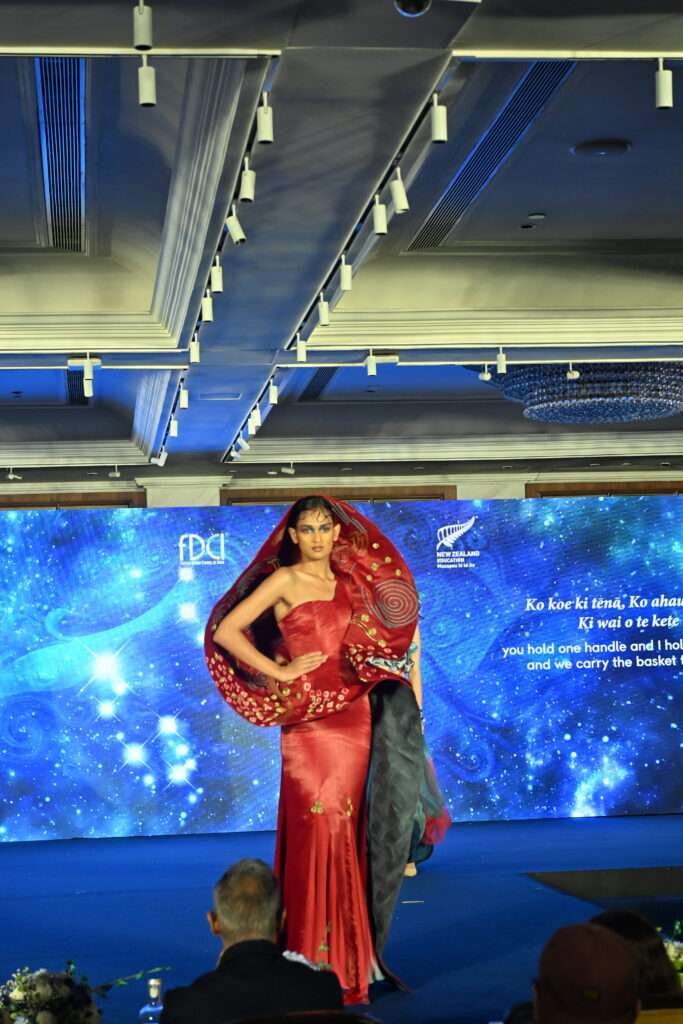
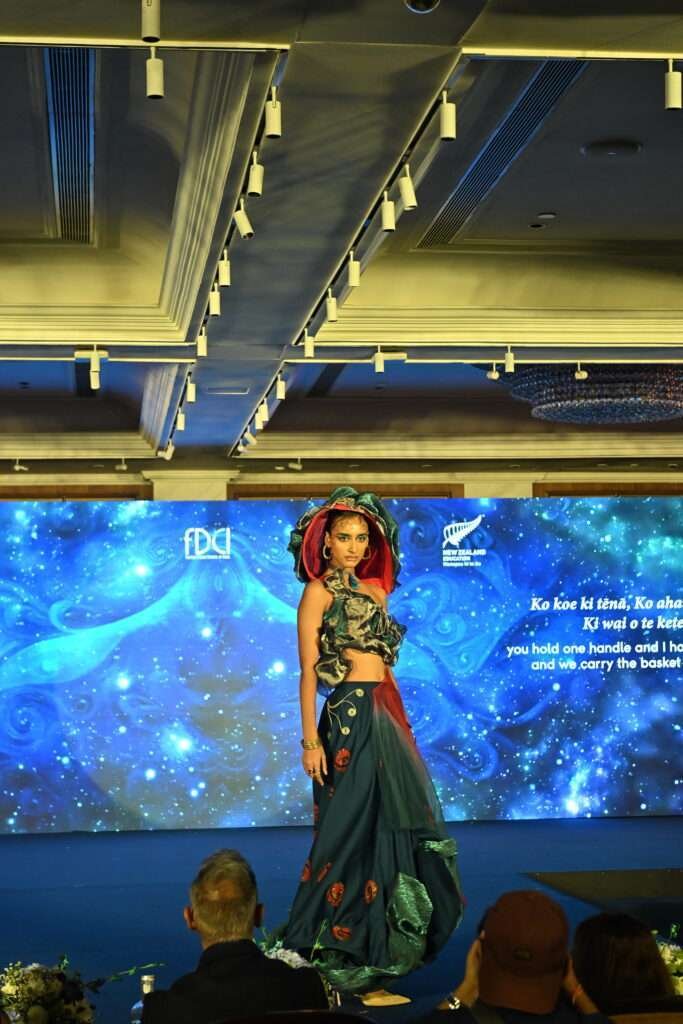

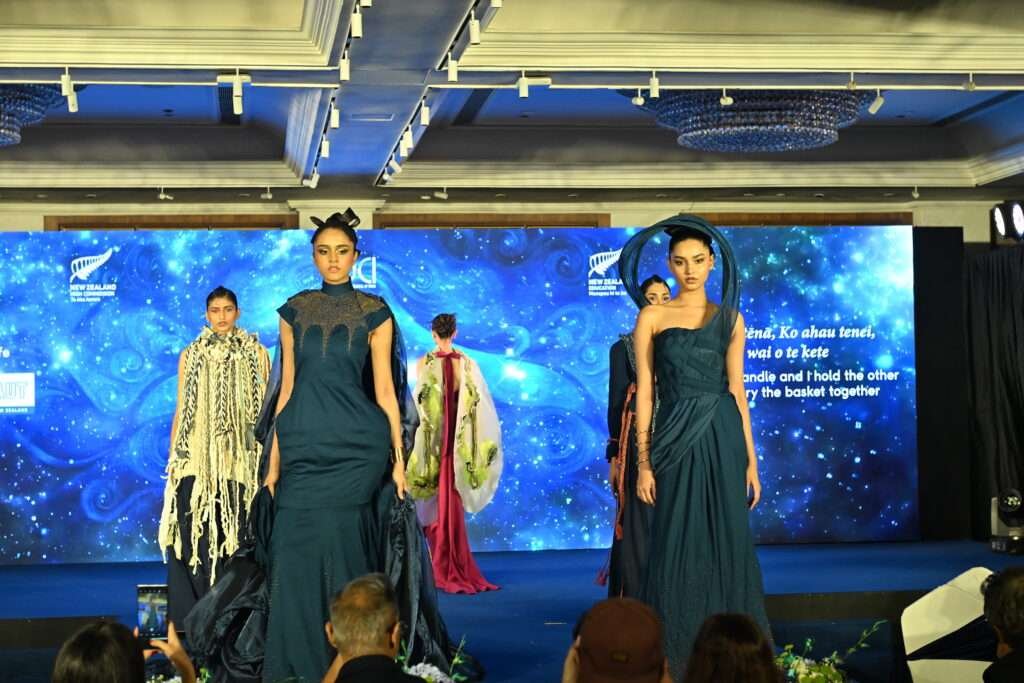

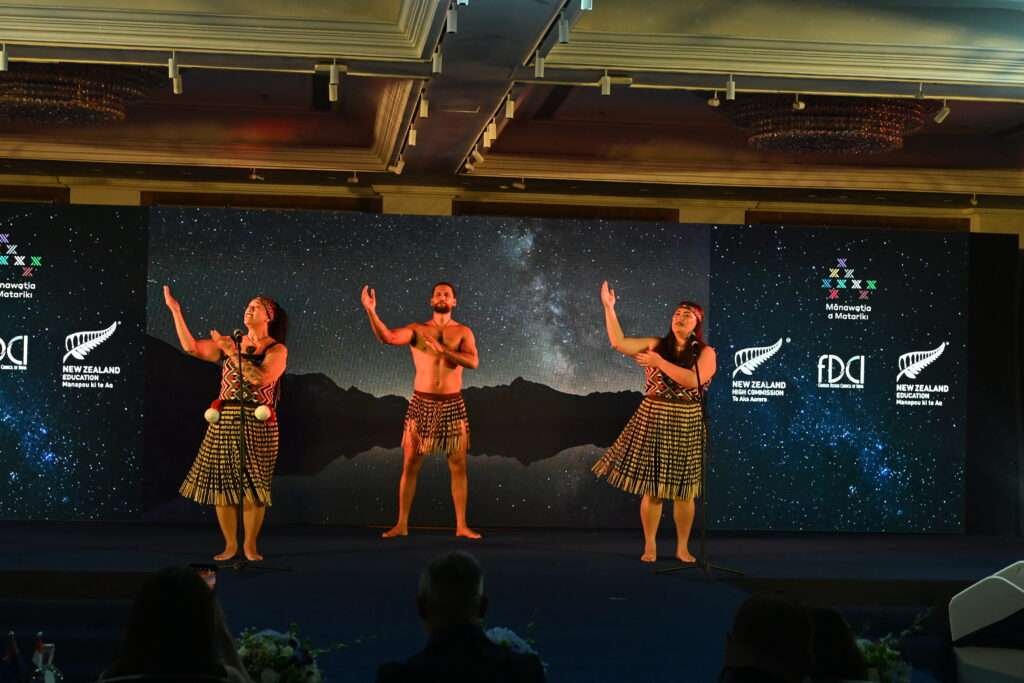
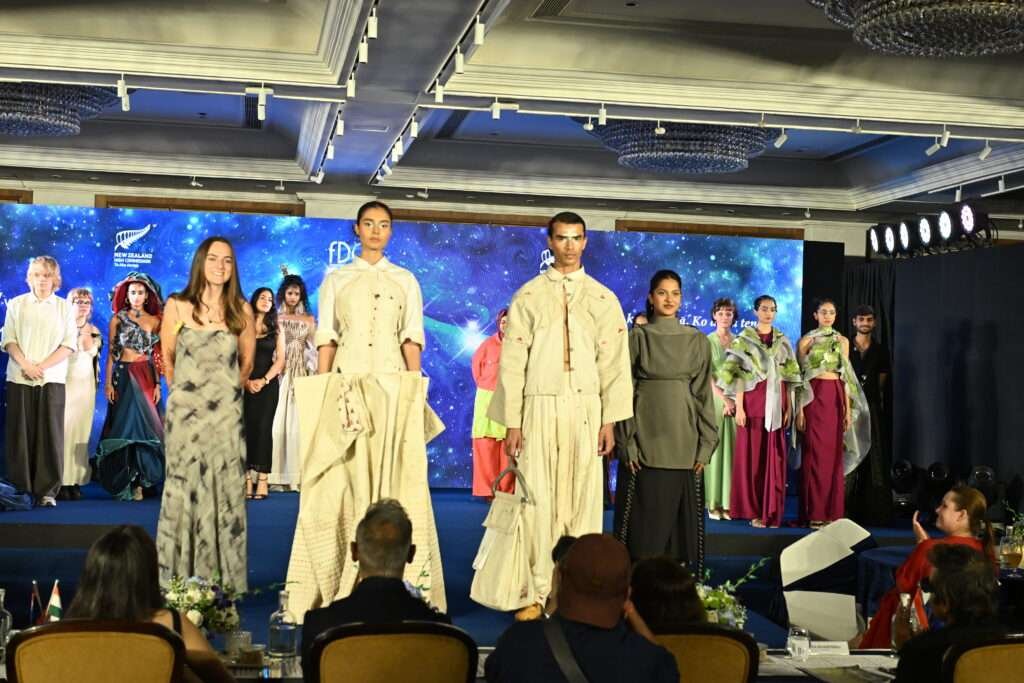
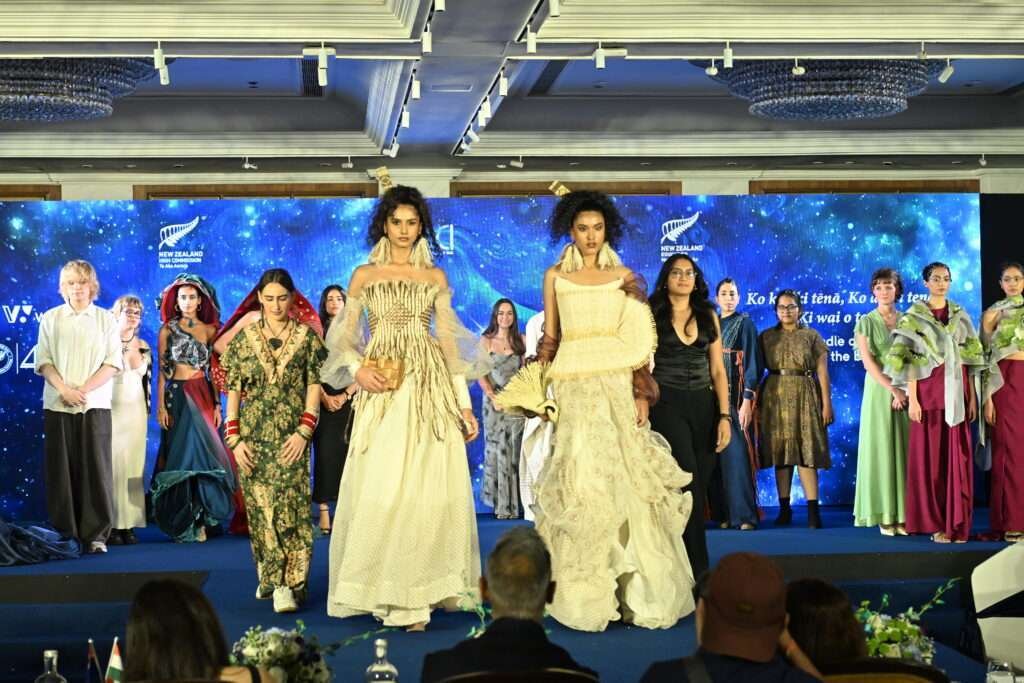
These garments, crafted over two months, showcased Māori-inspired symbolism woven with Indian techniques like handloom and block printing. The outcome was a visual celebration of cross-cultural design and youth innovation.
The evening featured a powerful fusion of Māori cultural heritage and Indian craftsmanship. Twelve student designers from five leading institutions — NIFT and Pearl Academy (India), and Auckland University of Technology, Massey University, and Whitecliffe College (New Zealand) — collaborated across borders to co-create sustainable fashion pieces.
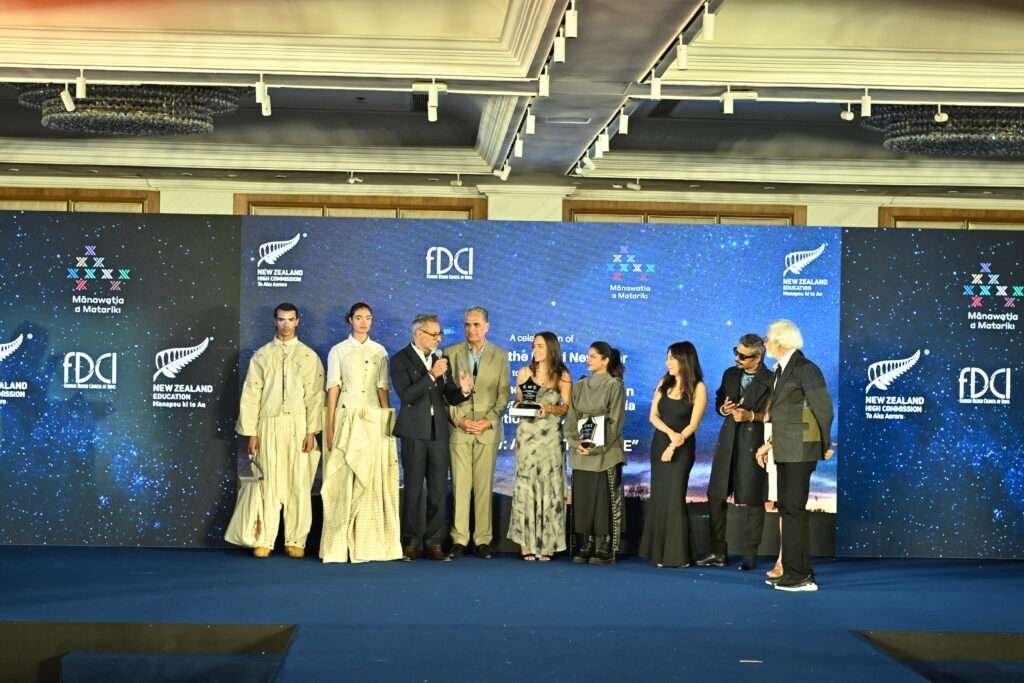
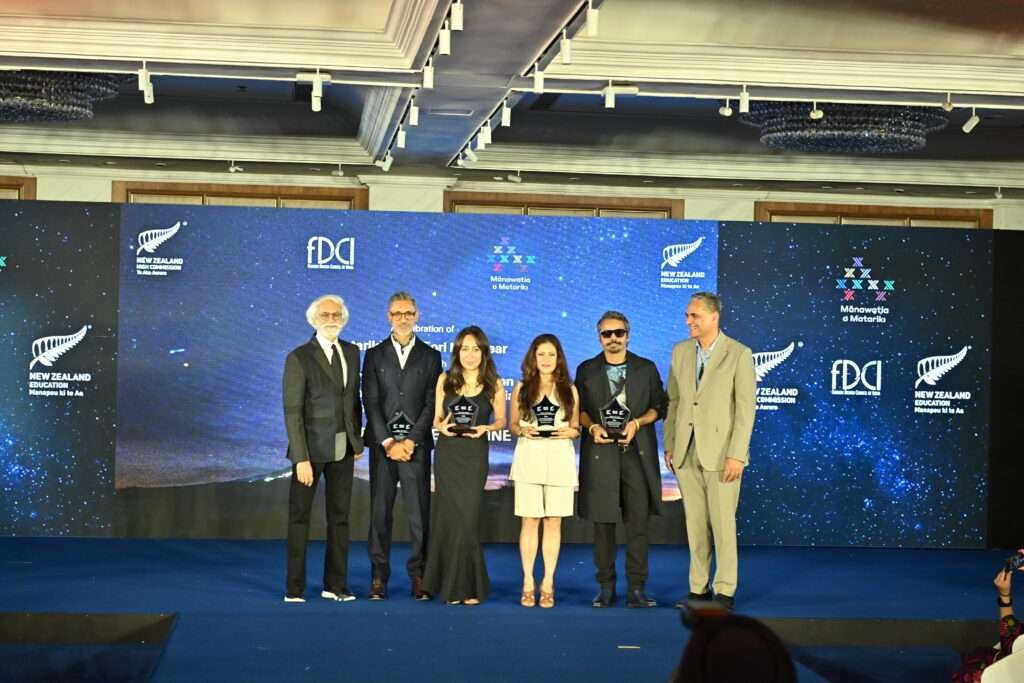
Recognizing Emerging Talent
The showcase was evaluated by a distinguished jury comprising leading names in the Indian fashion industry — Namrata Joshipura, Nikhil Mehra (Shantnu & Nikhil), Nandini Bhalla (Editor-in-Chief, The Word), and Vijendra Bhardwaj (Fashion Editor, Esquire India).
Ella Rhodes from Auckland University of Technology and Stuti Gupta from Pearl Academy were announced as the winners for their standout ensemble that beautifully balanced narrative, innovation, and craftsmanship. Samsara Jasper from Whitecliffe College and Vanya Aggarwal from NIFT were declared runners-up for their bold interpretation and execution.
A Moment of Cultural Diplomacy
The evening was graced by Shri Pabitra Margherita, Minister of State for External Affairs and Textiles, as the Chief Guest. In his address, he highlighted the deepening India–New Zealand relationship, bolstered by recent high-level visits and growing collaboration across education, trade, and culture. He noted that events like this serve as vibrant expressions of soft diplomacy, forging connections beyond official dialogues.
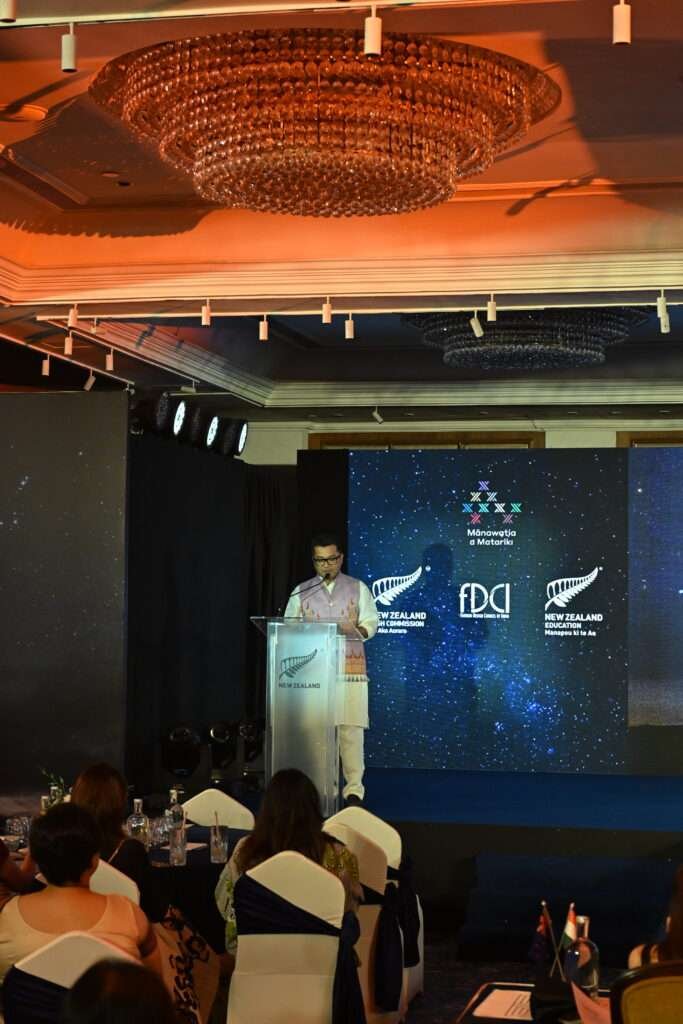
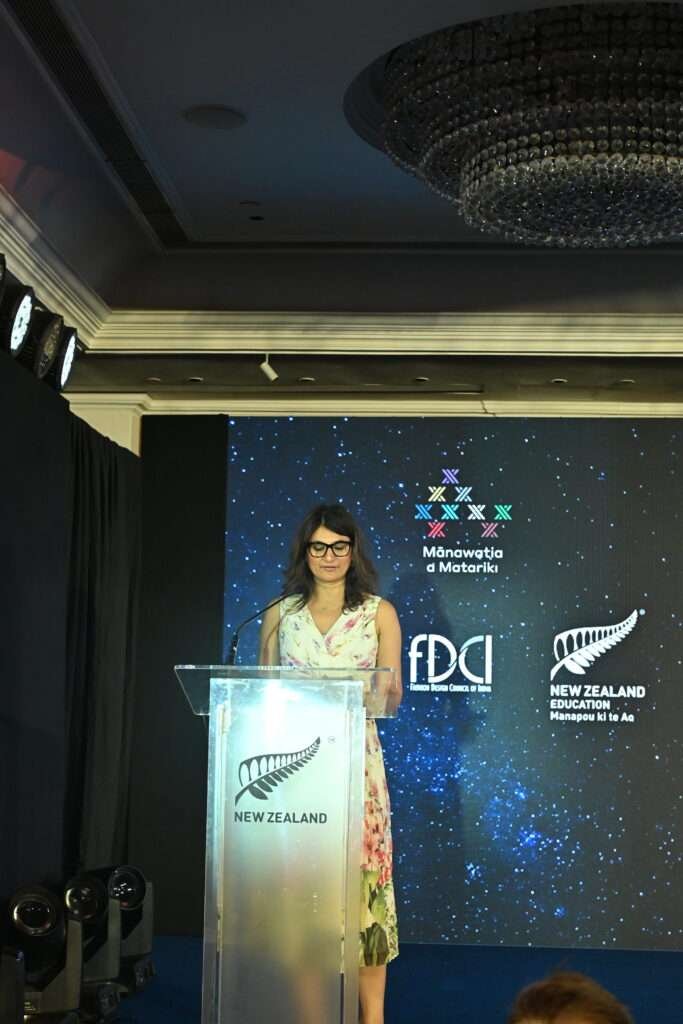
A Shared Vision for Creativity and Connection
H.E. Patrick Rata, New Zealand’s High Commissioner to India, shared heartfelt reflections during the event, stating:
“Marking Matariki here in India is deeply meaningful. The values of connection, reflection, and renewal resonate across both cultures. Through this collaboration, we celebrate not only creativity but the enduring friendships between our peoples.”
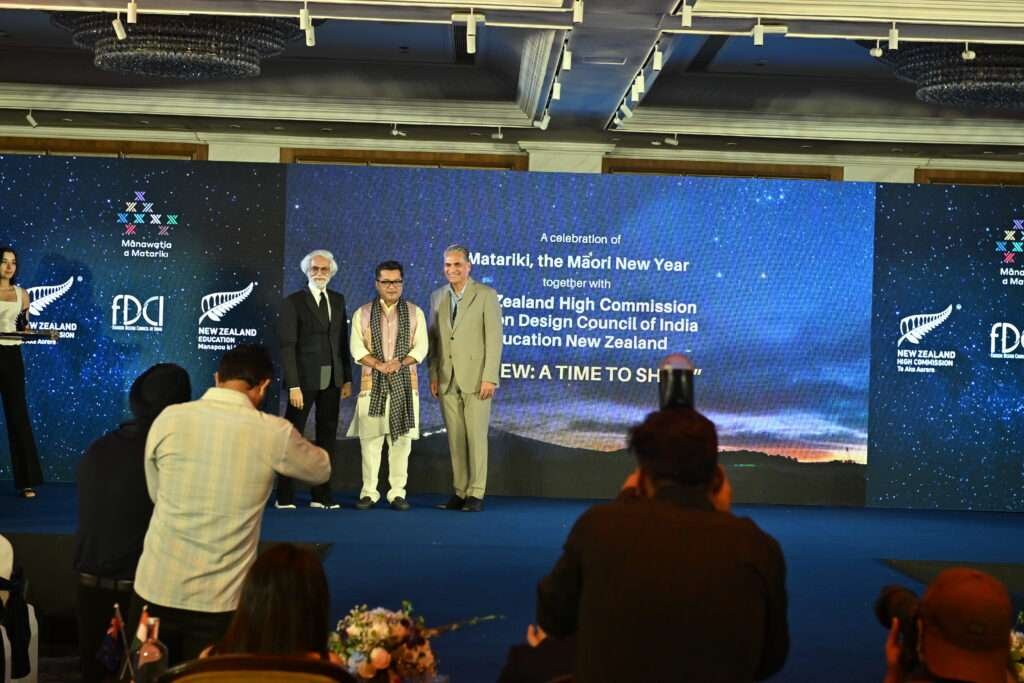
He extended his gratitude to the student designers, mentors, academic partners, FDCI, and everyone who contributed to bringing this vision to life.
FDCI’s Ongoing Commitment to Global Collaboration

Sunil Sethi, Chairman of the Fashion Design Council of India, spoke about the importance of cultural collaboration through fashion, saying,
“Fashion is a universal language. It’s inspiring to see young designers from two countries come together to explore sustainability, heritage, and innovation. This initiative adds a new chapter to the growing creative partnership between India and New Zealand.”

A Celebration Beyond Borders
RE/NEW: A Time to Shine was not just a fashion event—it was part of New Zealand’s Cultural Diplomacy International Programme. More than a display of aesthetics, it symbolized the shared cultural values and artistic aspirations of two nations.
By celebrating Matariki 2024 in India through storytelling, traditional Māori performances, and sustainable student-led fashion, the event reinforced the power of creativity to build meaningful bridges and inspire global conversations.



